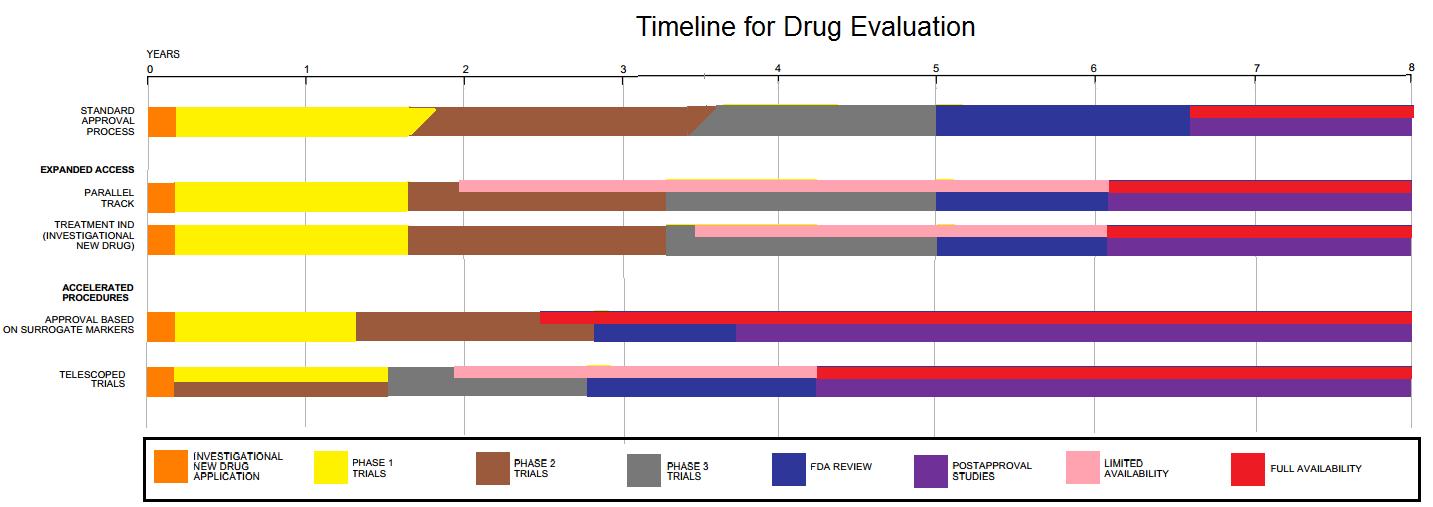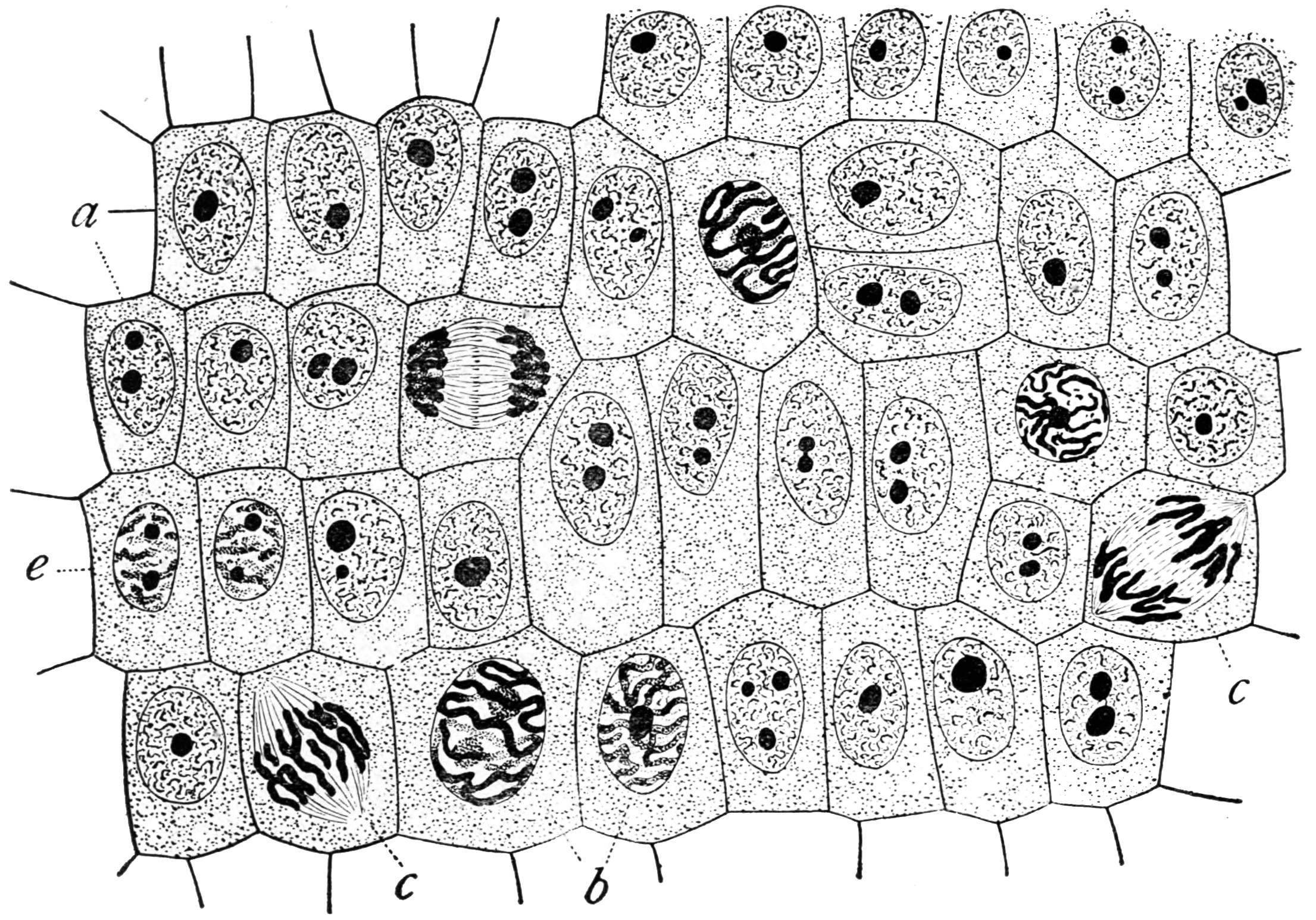|
Konkuk University
Konkuk University () is a South Korean private university founded in 1946. The university was founded based on three virtues: sincerity, fidelity, and righteousness. Konkuk University gives comprehensive education in agricultural and life science research to around 30,000 students, plus 2,500 international students. It has two campuses: one in Seoul and one in Chungju. The Seoul campus is located in the southeastern part of the city, near the Han River, and is served by the Konkuk University Station. History The university was founded in 1946 by Dr. Yoo Seok-chang (pen name: Sanghuh). It was originally known as the Chosun School of Politics (), and was a junior college for future political leaders. Thirteen years later, in 1959, the school became a "comprehensive university" and was renamed to Konkuk University (from ). In 2016, Konkuk University celebrated its 70th anniversary. A new emblem featuring Sanghuh Hall, the original building for the Chosun School of Politics, ... [...More Info...] [...Related Items...] OR: [Wikipedia] [Google] [Baidu] |
Private University
Private universities and private colleges are institutions of higher education, not operated, owned, or institutionally funded by governments. They may (and often do) receive from governments tax breaks, public student loans, and grant (money), grants. Depending on their location, private universities may be subject to government regulation. Private universities may be contrasted with public university, public universities and national university, national universities. Many private universities are nonprofit organizations. Africa Egypt Egypt currently has 20 public universities (with about two million students) and 23 private universities (60,000 students). Egypt has many private universities, including The American University in Cairo, the German University in Cairo, the British University in Egypt, the Arab Academy for Science, Technology and Maritime Transport, Misr University for Science and Technology, Misr International University, Future University in Egypt and ... [...More Info...] [...Related Items...] OR: [Wikipedia] [Google] [Baidu] |
Ministry Of Education
An education ministry is a national or subnational government agency politically responsible for education. Various other names are commonly used to identify such agencies, such as Ministry of Education, Department of Education, and Ministry of Public Education, and the head of such an agency may be a minister of education or secretary of education. Such agencies typically address educational concerns such as the quality of schools or standardization of curriculum. The first such ministry ever is considered to be the Commission of National Education ( pl, Komisja Edukacji Narodowej, lt, Edukacinė komisija), founded in 1773 in the Polish–Lithuanian Commonwealth. Following is a list of education ministries by country: Africa * Ministry of National Education (Algeria) * Ministry of Education (Egypt) * Ministry of Education (Ethiopia) * Ministry of Education (Ghana) * Ministry of Education (Kenya) * Ministry of Education (Namibia) * Nigeria: :* Federal Ministry of Educati ... [...More Info...] [...Related Items...] OR: [Wikipedia] [Google] [Baidu] |
Metabolism
Metabolism (, from el, μεταβολή ''metabolē'', "change") is the set of life-sustaining chemical reactions in organisms. The three main functions of metabolism are: the conversion of the energy in food to energy available to run cellular processes; the conversion of food to building blocks for proteins, lipids, nucleic acids, and some carbohydrates; and the elimination of metabolic wastes. These enzyme-catalyzed reactions allow organisms to grow and reproduce, maintain their structures, and respond to their environments. The word metabolism can also refer to the sum of all chemical reactions that occur in living organisms, including digestion and the transportation of substances into and between different cells, in which case the above described set of reactions within the cells is called intermediary (or intermediate) metabolism. Metabolic reactions may be categorized as '' catabolic'' – the ''breaking down'' of compounds (for example, of glucose to pyruvate ... [...More Info...] [...Related Items...] OR: [Wikipedia] [Google] [Baidu] |
Cancer
Cancer is a group of diseases involving abnormal cell growth with the potential to invade or spread to other parts of the body. These contrast with benign tumors, which do not spread. Possible signs and symptoms include a lump, abnormal bleeding, prolonged cough, unexplained weight loss, and a change in bowel movements. While these symptoms may indicate cancer, they can also have other causes. Over 100 types of cancers affect humans. Tobacco use is the cause of about 22% of cancer deaths. Another 10% are due to obesity, poor diet, lack of physical activity or excessive drinking of alcohol. Other factors include certain infections, exposure to ionizing radiation, and environmental pollutants. In the developing world, 15% of cancers are due to infections such as '' Helicobacter pylori'', hepatitis B, hepatitis C, human papillomavirus infection, Epstein–Barr virus and human immunodeficiency virus (HIV). These factors act, at least partly, by changing the genes o ... [...More Info...] [...Related Items...] OR: [Wikipedia] [Google] [Baidu] |
Molecular Informatics
''Molecular Informatics'' is a peer-reviewed scientific journal published by Wiley VCH. It covers research in cheminformatics, quantitative structure–activity relationships, and combinatorial chemistry. It was established in 1981 as ''Quantitative Structure-Activity Relationships'' and renamed to ''QSAR & Combinatorial Science'' in 2003, before obtaining its present name in 2010. According to the ''Journal Citation Reports'', the journal has a 2012 impact factor The impact factor (IF) or journal impact factor (JIF) of an academic journal is a scientometric index calculated by Clarivate that reflects the yearly mean number of citations of articles published in the last two years in a given journal, as ... of 2.338. References External links * The QSAR and Modelling SocietySociety of Combinatorial SciencesComputational Chemistry List Chemistry journals Computer science journals Cheminformatics Monthly journals Wiley (publisher) academic journals English-language ... [...More Info...] [...Related Items...] OR: [Wikipedia] [Google] [Baidu] |
Drug Research
Drug development is the process of bringing a new pharmaceutical drug to the market once a lead compound has been identified through the process of drug discovery. It includes preclinical research on microorganisms and animals, filing for regulatory status, such as via the United States Food and Drug Administration for an investigational new drug to initiate clinical trials on humans, and may include the step of obtaining regulatory approval with a new drug application to market the drug. The entire process – from concept through preclinical testing in the laboratory to clinical trial development, including Phase I–III trials – to approved vaccine or drug typically takes more than a decade. New chemical entity development Broadly, the process of drug development can be divided into preclinical and clinical work. Pre-clinical New chemical entities (NCEs, also known as new molecular entities or NMEs) are compounds that emerge from the process of drug discovery. These ... [...More Info...] [...Related Items...] OR: [Wikipedia] [Google] [Baidu] |
Artificial Muscle
Artificial muscles, also known as muscle-like actuators, are materials or devices that mimic natural muscle and can change their stiffness, reversibly contract, expand, or rotate within one component due to an external stimulus (such as voltage, current, pressure or temperature). The three basic actuation responses– contraction, expansion, and rotation can be combined within a single component to produce other types of motions (e.g. bending, by contracting one side of the material while expanding the other side). Conventional motors and pneumatic linear or rotary actuators do not qualify as artificial muscles, because there is more than one component involved in the actuation. Owing to their high flexibility, versatility and power-to-weight ratio compared with traditional rigid actuators, artificial muscles have the potential to be a highly disruptive emerging technology. Though currently in limited use, the technology may have wide future applications in industry, medicine, roboti ... [...More Info...] [...Related Items...] OR: [Wikipedia] [Google] [Baidu] |
Architecture
Architecture is the art and technique of designing and building, as distinguished from the skills associated with construction. It is both the process and the product of sketching, conceiving, planning, designing, and constructing buildings or other structures. The term comes ; ; . Architectural works, in the material form of buildings, are often perceived as cultural symbols and as works of art. Historical civilizations are often identified with their surviving architectural achievements. The practice, which began in the prehistoric era, has been used as a way of expressing culture for civilizations on all seven continents. For this reason, architecture is considered to be a form of art. Texts on architecture have been written since ancient times. The earliest surviving text on architectural theories is the 1st century AD treatise ''De architectura'' by the Roman architect Vitruvius, according to whom a good building embodies , and (durability, utility, and beauty) ... [...More Info...] [...Related Items...] OR: [Wikipedia] [Google] [Baidu] |
Natural Science
Natural science is one of the branches of science concerned with the description, understanding and prediction of Nature, natural Phenomenon, phenomena, based on empirical evidence from observation and experimentation. Mechanisms such as peer review and repeatability of findings are used to try to ensure the validity of scientific advances. Natural science can be divided into two main branches: list of life sciences, life science and Outline of physical science, physical science. Life science is alternatively known as biology, and physical science is subdivided into branches: physics, chemistry, earth science, and astronomy. These branches of natural science may be further divided into more specialized branches (also known as fields). As empirical sciences, natural sciences use tools from the formal sciences, such as mathematics and logic, converting information about nature into measurements which can be explained as clear statements of the "laws of science, laws of nature". Mo ... [...More Info...] [...Related Items...] OR: [Wikipedia] [Google] [Baidu] |
Social Science
Social science is one of the branches of science, devoted to the study of societies and the relationships among individuals within those societies. The term was formerly used to refer to the field of sociology, the original "science of society", established in the 19th century. In addition to sociology, it now encompasses a wide array of academic disciplines, including anthropology, archaeology, economics, human geography, linguistics, management science, communication science and political science. Positivist social scientists use methods resembling those of the natural sciences as tools for understanding society, and so define science in its stricter modern sense. Interpretivist social scientists, by contrast, may use social critique or symbolic interpretation rather than constructing empirically falsifiable theories, and thus treat science in its broader sense. In modern academic practice, researchers are often eclectic, using multiple methodologies (for instan ... [...More Info...] [...Related Items...] OR: [Wikipedia] [Google] [Baidu] |
Humanities
Humanities are academic disciplines that study aspects of human society and culture. In the Renaissance, the term contrasted with divinity and referred to what is now called classics, the main area of secular study in universities at the time. Today, the humanities are more frequently defined as any fields of study outside of professional training, mathematics, and the natural and social sciences. They use methods that are primarily critical, or speculative, and have a significant historical element—as distinguished from the mainly empirical approaches of the natural sciences;"Humanity" 2.b, ''Oxford English Dictionary'' 3rd Ed. (2003) yet, unlike the sciences, the humanities have no general history. The humanities include the studies of foreign languages, history, philosophy, language arts (literature, writing, oratory, rhetoric, poetry, etc.), performing arts ( theater, music, dance, etc.), and visual arts ( painting, sculpture, photography, filmmaking, ... [...More Info...] [...Related Items...] OR: [Wikipedia] [Google] [Baidu] |
Research Institute
A research institute, research centre, research center or research organization, is an establishment founded for doing research. Research institutes may specialize in basic research or may be oriented to applied research. Although the term often implies natural science research, there are also many research institutes in the social science as well, especially for sociological and historical research purposes. Famous research institutes In the early medieval period, several astronomical observatories were built in the Islamic world. The first of these was the 9th-century Baghdad observatory built during the time of the Abbasid caliph al-Ma'mun, though the most famous were the 13th-century Maragheh observatory, and the 15th-century Ulugh Beg Observatory. The Kerala School of Astronomy and Mathematics was a school of mathematics and astronomy founded by Madhava of Sangamagrama in Kerala, India. The school flourished between the 14th and 16th centuries and the original disc ... [...More Info...] [...Related Items...] OR: [Wikipedia] [Google] [Baidu] |







